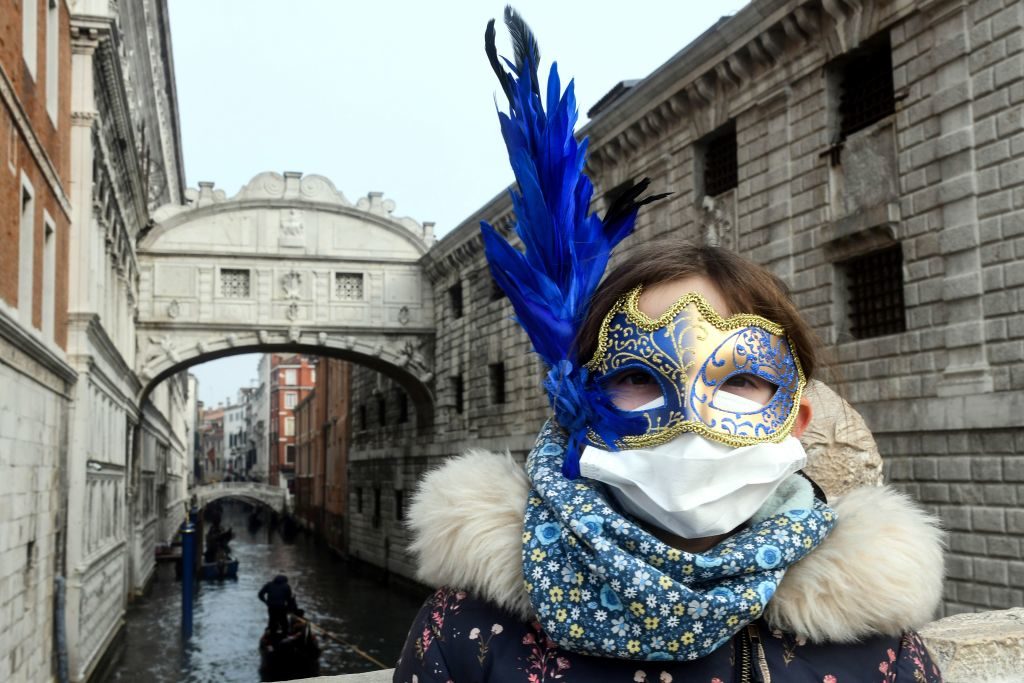Politics
Museums Across Northern Italy Shutter as the Country Takes Emergency Measures to Contain the Spread of Coronavirus
Authorities are taking exceptional measures to contain Europe’s biggest outbreak of the virus.

Authorities are taking exceptional measures to contain Europe’s biggest outbreak of the virus.

Naomi Rea

Museums across northern Italy have closed their doors as part of a spate of emergency measures to contain the spread of the novel 2019 strain of coronavirus.
Italy is at the center of the biggest outbreak of the mysterious new virus outside of Asia. A total of 219 people have tested positive for coronavirus in the country, five of whom have died from the respiratory disease it causes. One person has successfully recovered, the country’s health ministry reports. Cases have erupted in the regions of Lombardy, Veneto, Piedmont, Emilia Romagna, and Lazio. The sudden spike—up from only five known cases on Thursday—has put the global community on notice that the virus is spreading far beyond China’s borders—quickly.
Italy’s Ministry of Health issued an emergency ordinance on Sunday detailing extraordinary measures to contain the spread of the disease, including school closures and the cancellation of sporting and cultural events such as Venice’s annual Carnival, which draws tens of thousands of visitors.
As part of the effort to thwart the virus, all museums and cultural institutions in the affected regions have shuttered, including Museo Correr, the Palazzo Ducale, and the Peggy Guggenheim Collection in Venice and the Fondazione Prada and Santa Maria delle Grazie convent, which houses Leonardo’s The Last Supper, in Milan. Museums in Turin, including the contemporary-art focused Castello di Rivoli, have also closed.
The Italian government has imposed strict quarantine restrictions in several towns in Veneto and Lombardy, affecting around 50,000 people. Museums in different cities have received varying guidelines on when they expect to reopen, but the government measures are in place until at least February 29.
Meanwhile, authorities are scrambling to locate patient zero. “We have not yet been able to find it,” the head of Italy’s civil protection agency, Angelo Borrelli, said during a press conference on Sunday. “It is therefore still difficult to make hypotheses about the spread.”
Other European countries are now on high alert. The French health minister Olivier Véran says that authorities are preparing for a possible outbreak in France. Some 12 cases of the virus have been recorded in the country, with ten patients recovered and one death. Véran says he is monitoring the “very serious” situation closely. French museums and monuments have already been somewhat impacted by the precipitous drop in Chinese tourists due to quarantine measures at home, and fears are growing that the decline in spending could have wider consequences for the global tourism industry.
As cases of the respiratory disease spike in South Korea, Italy, and Iran, authorities are growing increasingly worried that the outbreak could become a pandemic. Around 77,000 people in China, where the virus initially broke out in December, have been infected, and nearly 2,600 have died. The World Health Organization has reported more than 1,200 confirmed cases in 26 other countries, with eight deaths.
Authorities are concerned about a spike in cases affecting people with no connection to China. WHO director-general Tedros Adhanom Ghebreyesus said in a statement on Saturday that “the window of opportunity is narrowing” to contain the virus beyond China.
“Although the total number of cases outside China remains relatively small,” he said, “we are concerned about the number of cases with no clear epidemiological link, such as travel history to China or contact with a confirmed case.”